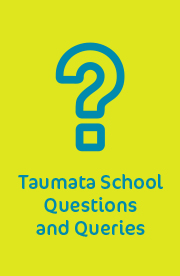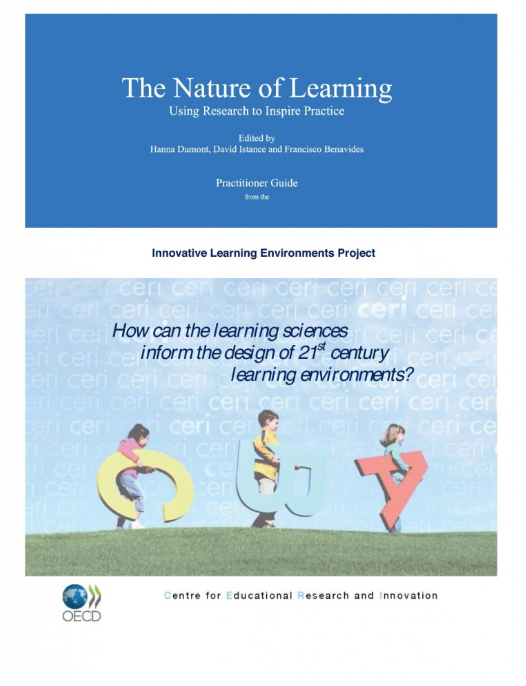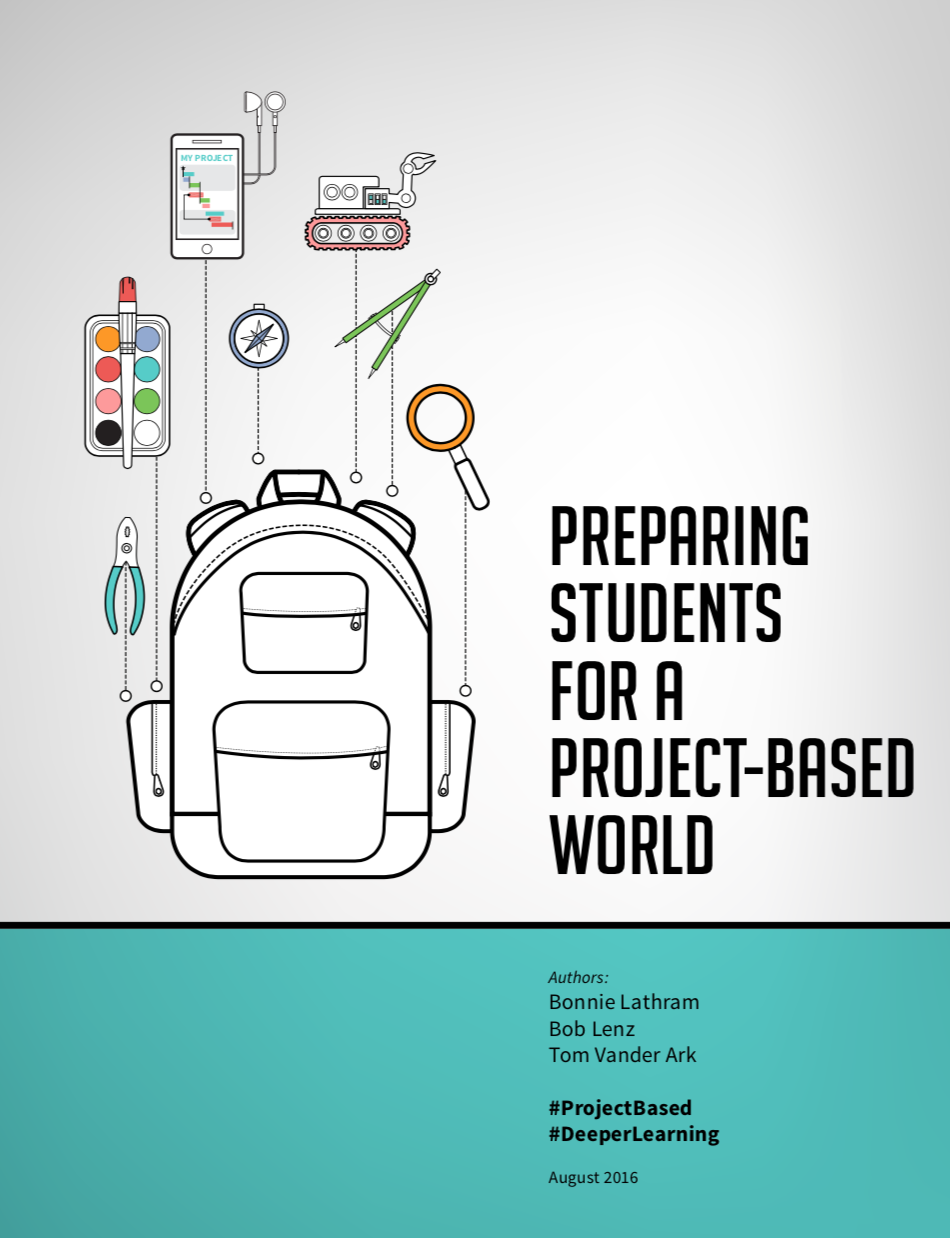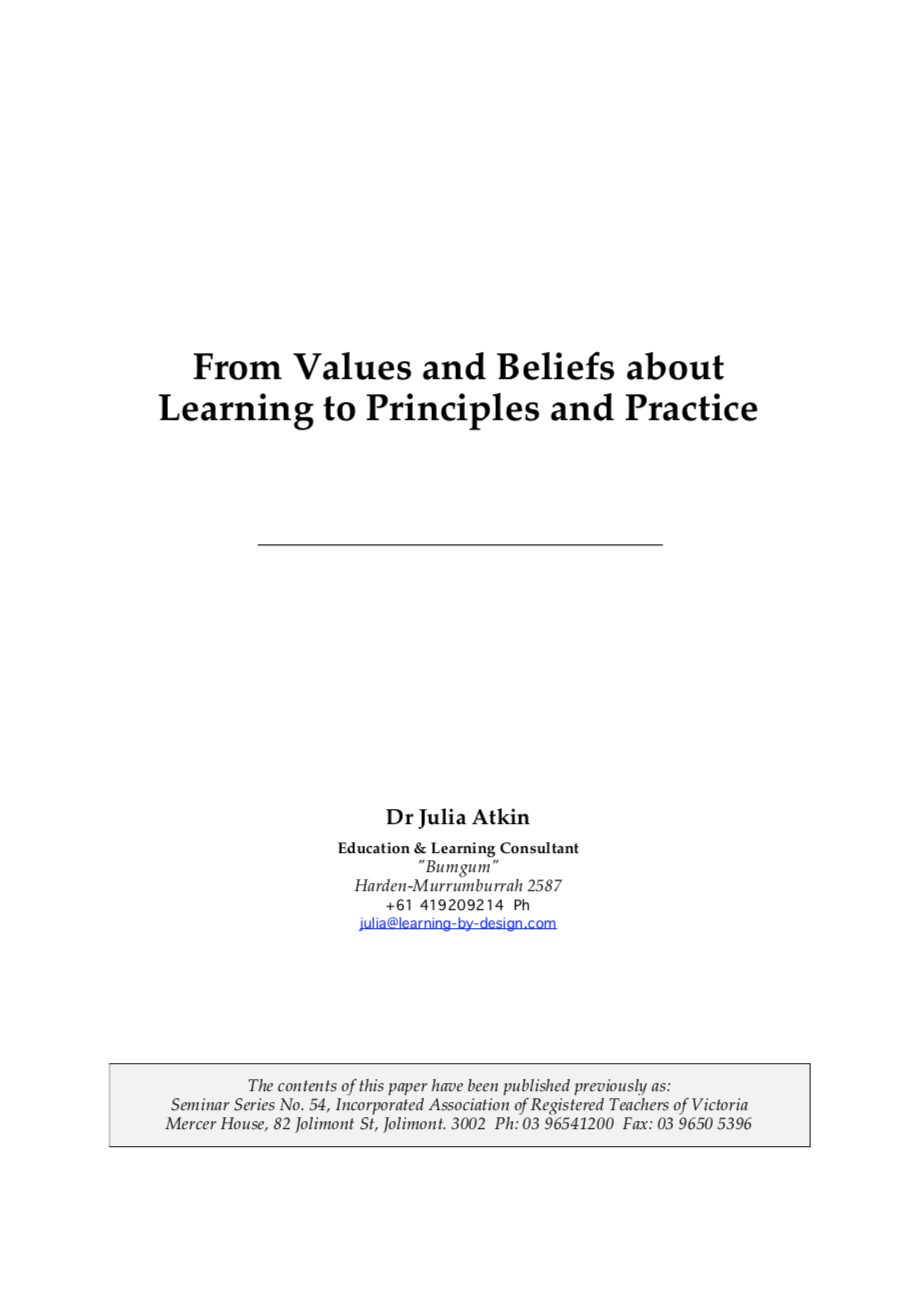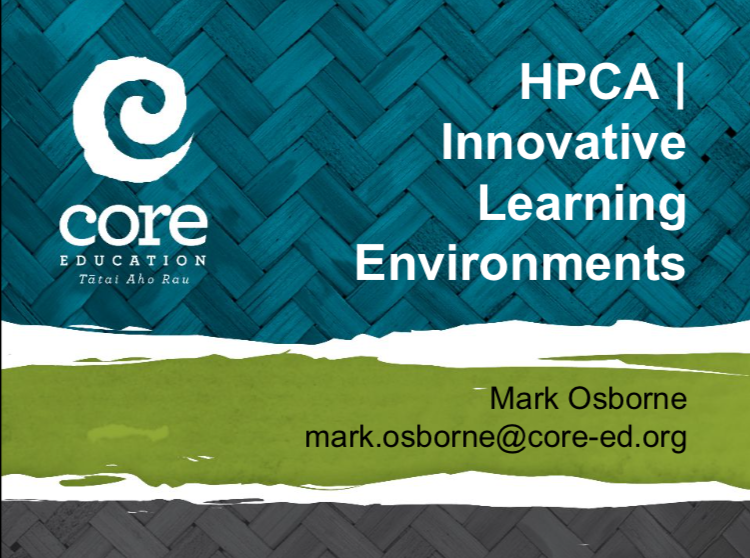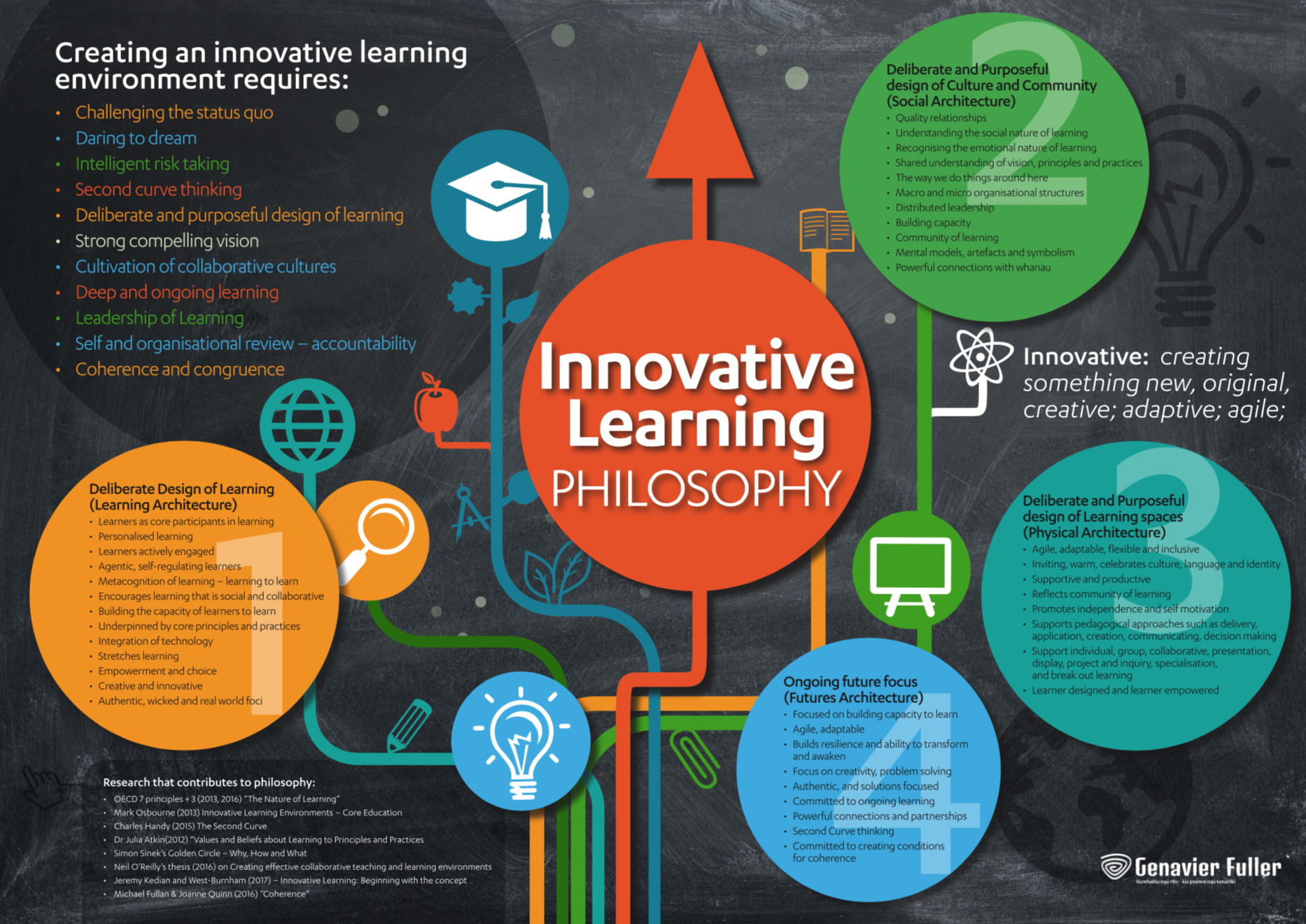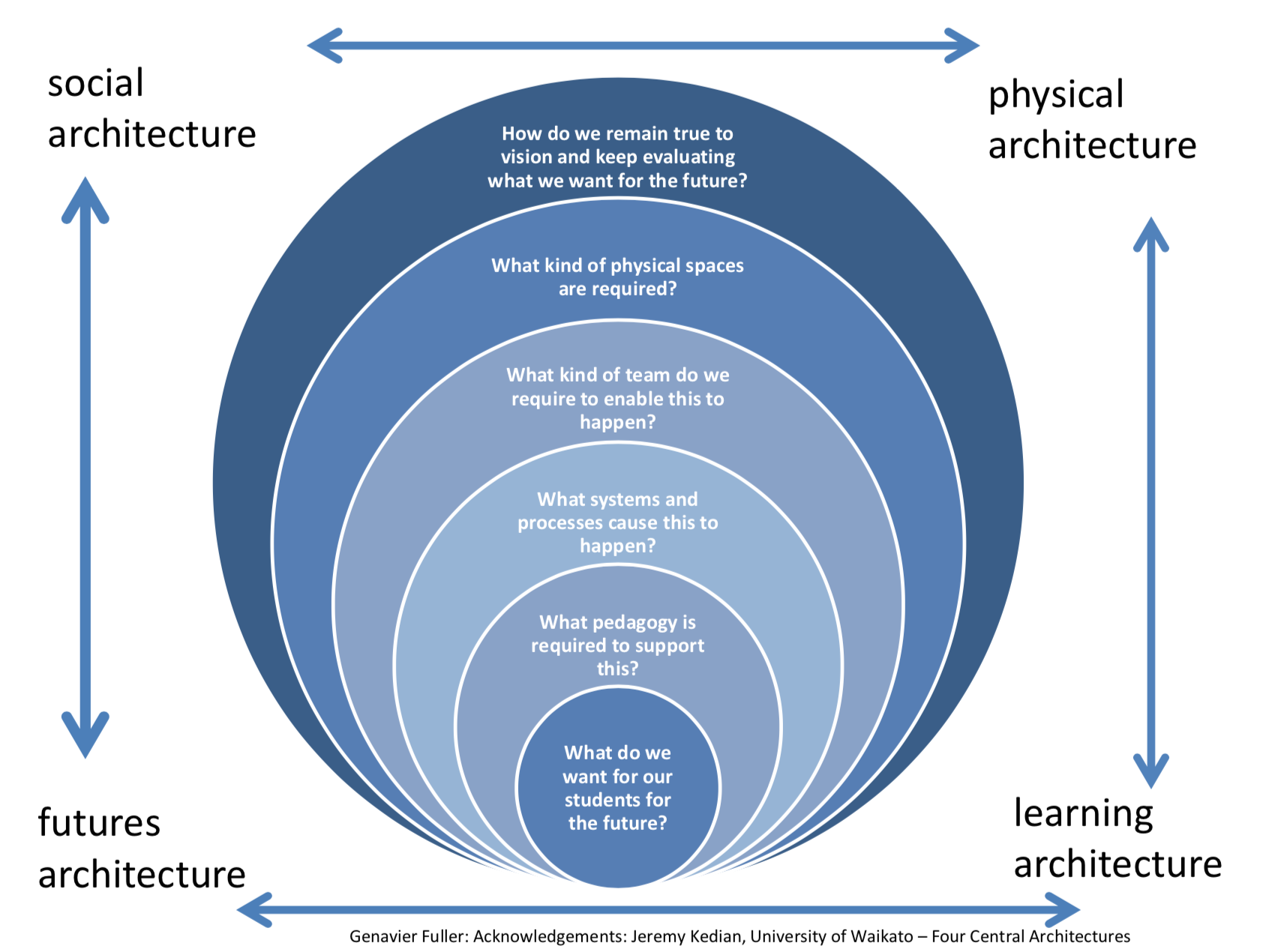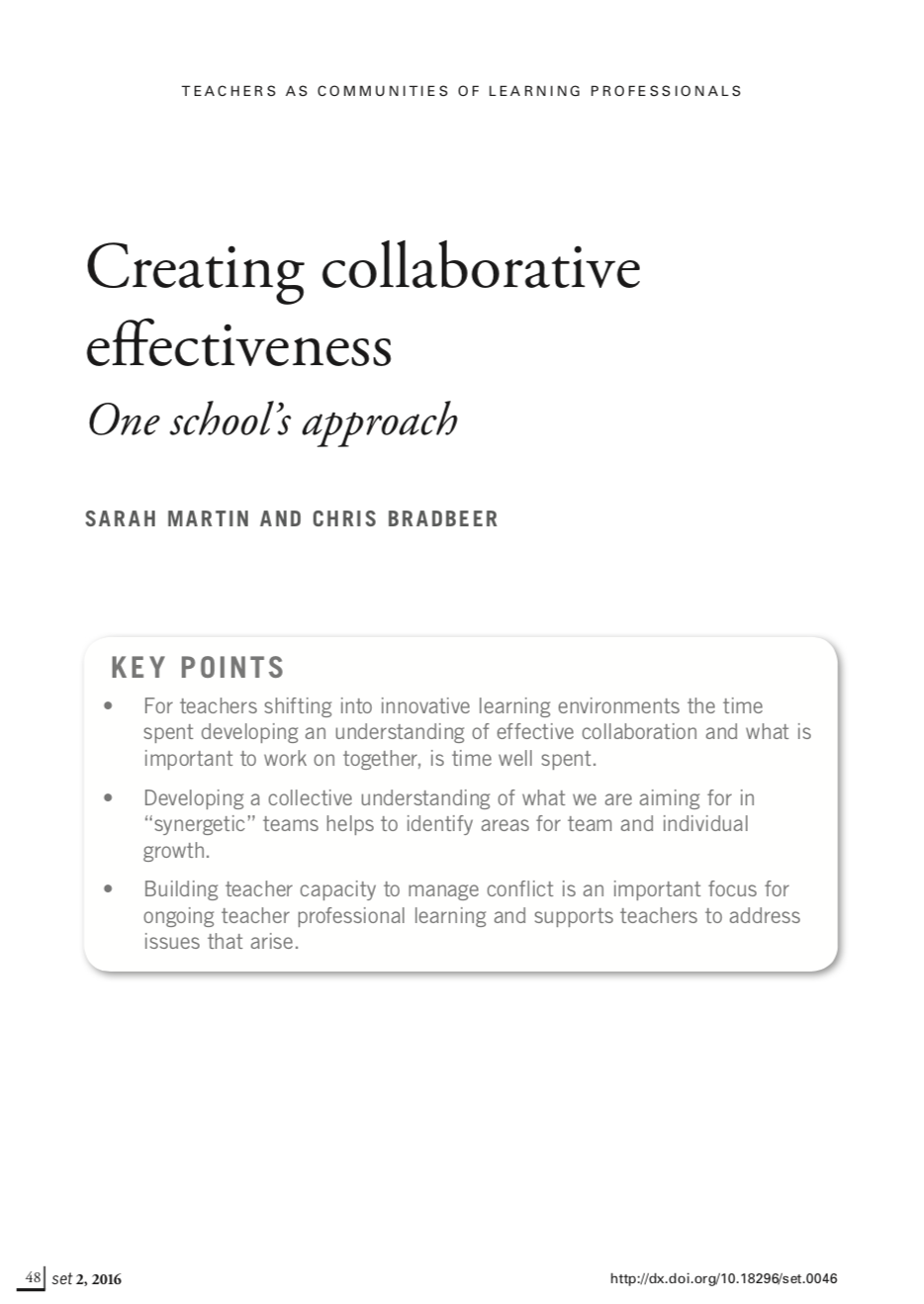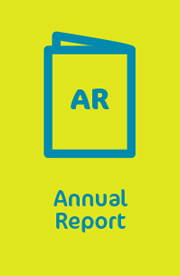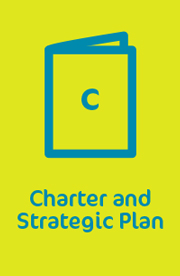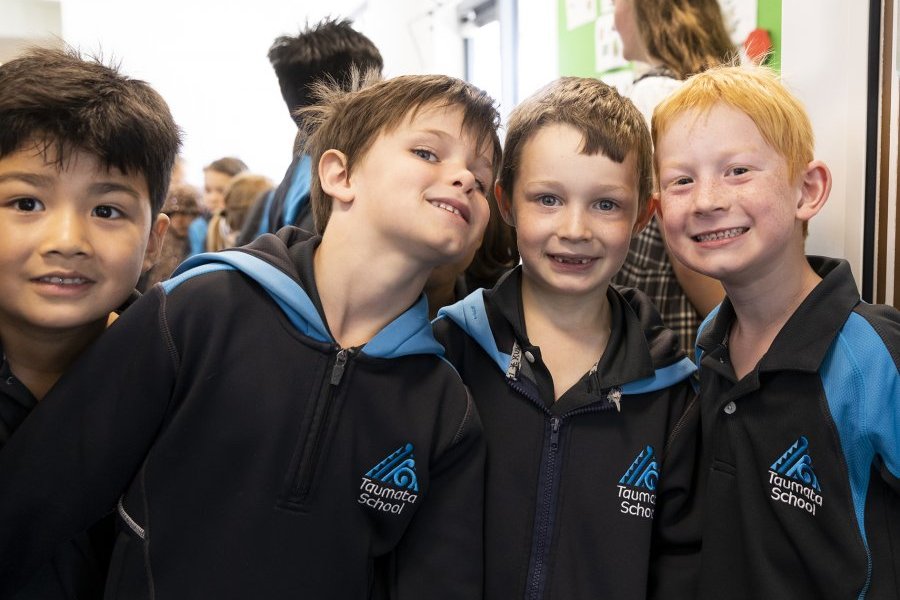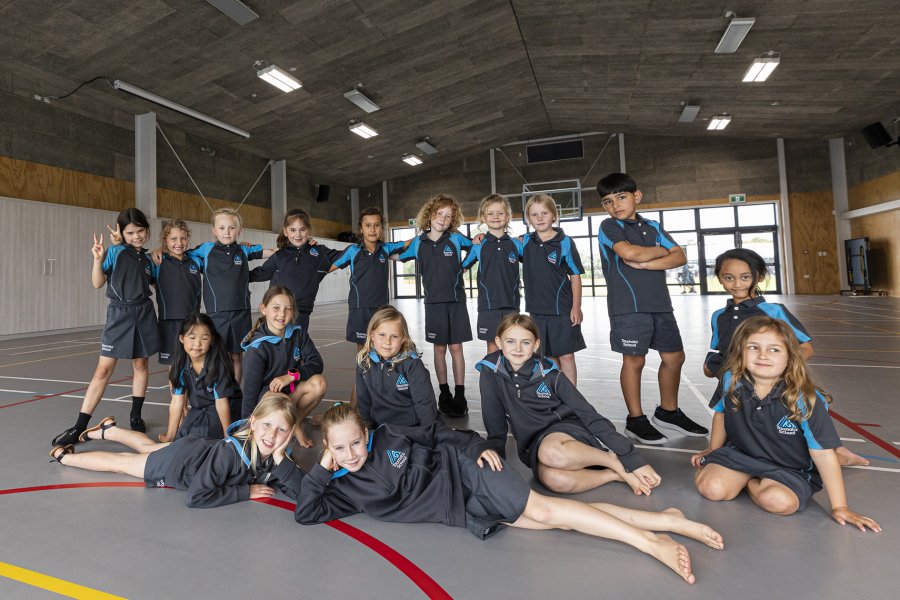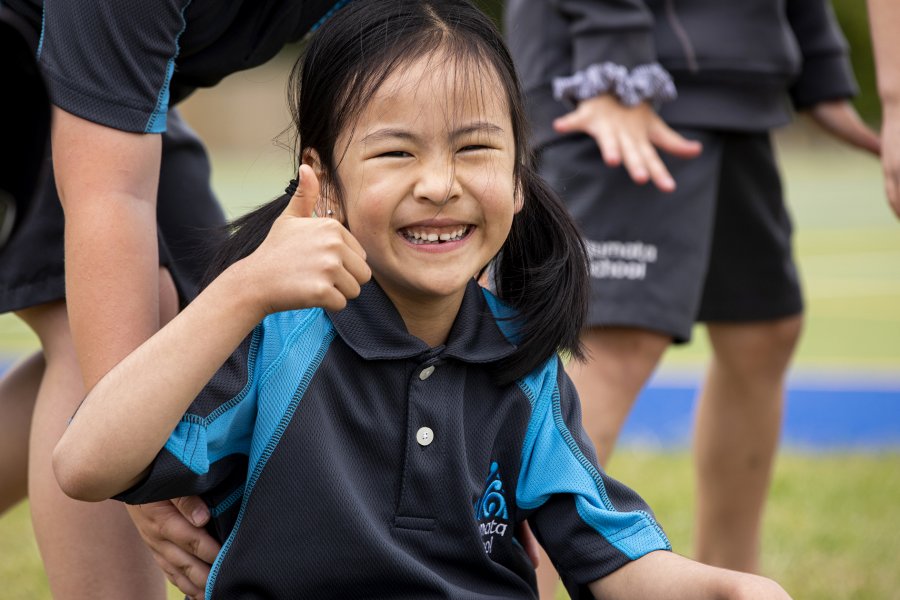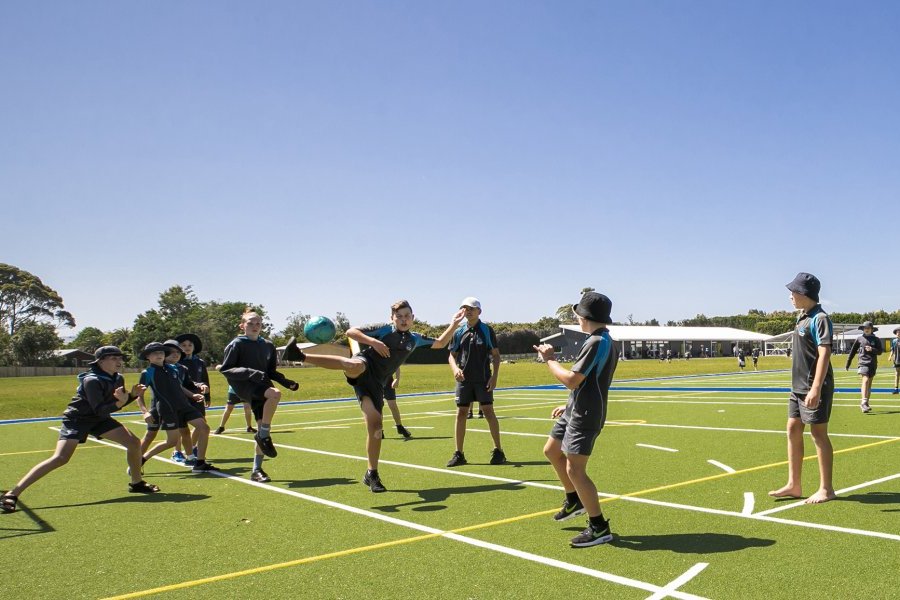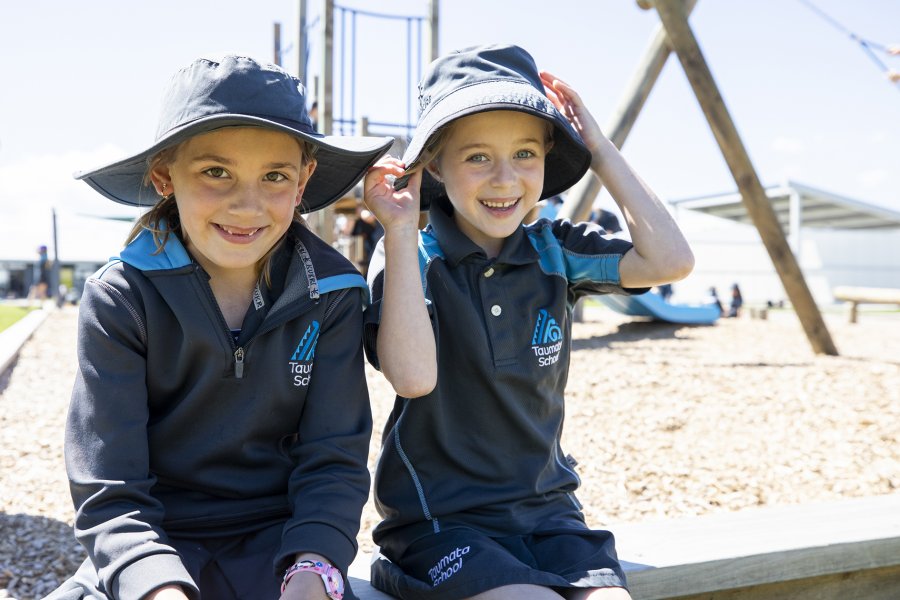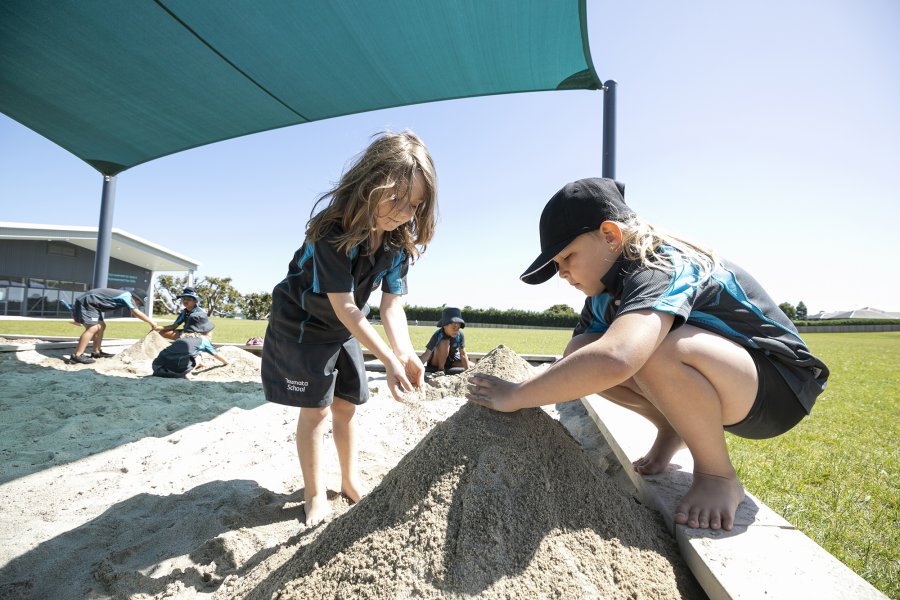Parent Information
School Uniform
We invite you to visit the school office Friday afternoons between 2-3pm only to try on sizes of our sample uniform.
Orders can only be placed on our online shop on the Taumata School website. First create your log in on the school website using your HERO email address. When you are registered you will be able to access the online shop by clicking the blue trolley icon. Click on the Cart and continue to place your order. Payment can only be made using a card via Stripe. Please ensure you reference your childs full name. Payment can take up to 5 days to clear into our bank account after which we will dispatch items directly to your child to bring home.
Minimum items include shorts or skort; polo shirt; hat. Footwear is any black shoes (and black socks) or sandals.
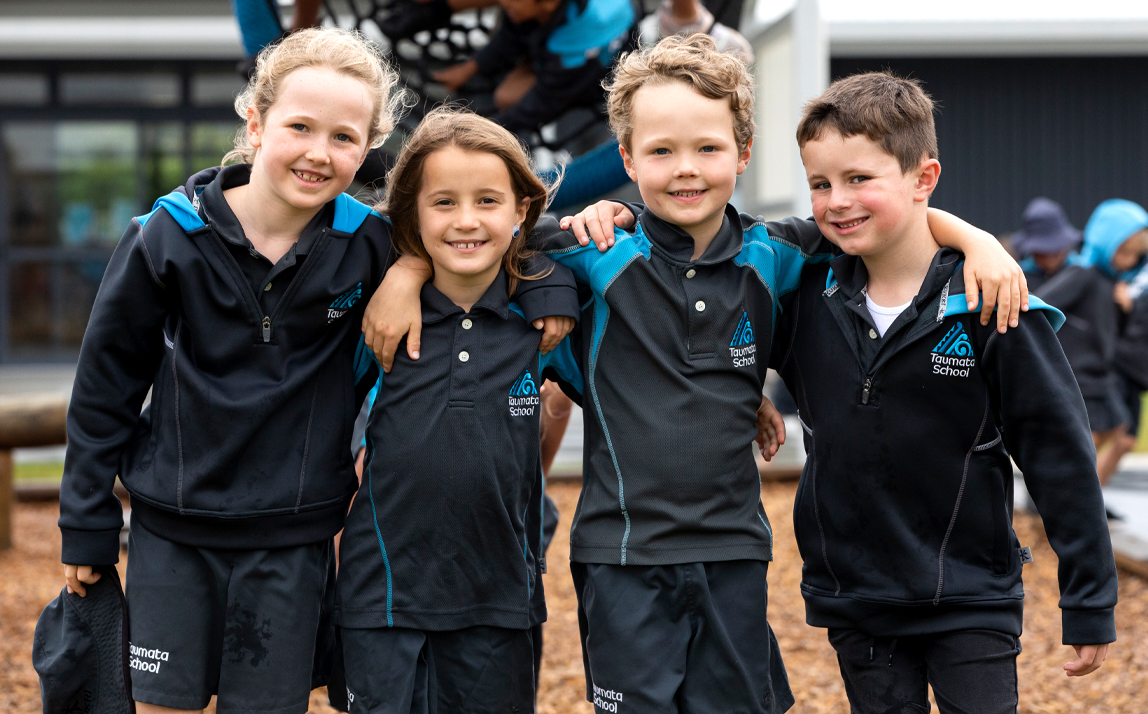
Questions and Queries
What time does school start and finish?
The school day starts at 8:30am and finishes at 2:30pm.
Will there be rain shortened days?
We do not see a need to shorten the day in the event of rain unless we are advised by the Ministry of Education (eg. Significant weather that is hazardous).
How do you support the transition of our children from early learning to school?
Upon enrolment we make contact with each family and follow up the information provided. You will then be invited to attend four transitional visits at Taumata School. The first visit (familiarisation with the school site) is held after school hours. The second visit involves the learning coach visiting the ECE (if in Taumata School zone). Visit Three and Four involves you and your child visiting during the school day and taking part in learning. During the last two visits parents/whanau will take part in learning workshops.
Is there a school uniform?
Taumata School has a school uniform which is available for purchase through Kukri. You can visit our school office and try on 'sample' items before ordering online.
Is there 'before school' and 'after school' care?
We have two after school providers - Coast Kids and Schools Out. Parents make independent contact with these providers. Both provide options for before and after school care.
Will facilities be open to the public after hours?
We believe the school has the potential to be an extension and hub of the wider community. We hope that community members will want to utilise our facilities (playgrounds, courts, fields, passive and active play areas) outside of school hours. There may be some hireage costs associated with some of our facilities.
Why do the physical spaces look so different to what we experienced when we went to school?
What we know about learning has evolved significantly over time and the spaces we have at Taumata School reflect that new knowledge. Our spaces are agile so that they can adapt to suit the desired learning and teaching pedagogy. We have smaller break out spaces and intimate areas for independent, one-to-one or peer group learning, medium sized spaces for small group learning and larger spaces that allow for exploration and peer interaction.
Do these spaces make teaching more effective?
We believe that when teachers work together, share responsibility for learning and the learners, share expertise and strengths and see each other in action every day teaching practice improves and standards are raised. From experience, teachers who work in these environments acknowledge that it is different but also exciting and builds their own knowledge and capacity.
How many teachers might be working in a studio?
Our studio spaces are the equivalent of 6 traditional (single-cell classrooms). Each studio will have two hubs (one at each end). There will be up to 3 teachers working in each hub with 3 class equivalent groups of children.
What about New Entrant students? Won’t they need a more intimate space?
We believe that the key to successful transitioning is a focus on developing strong relationships with our teachers and supporting exploration of the environment so that children feel safe. We also know that the design of our spaces are not too dissimilar to many early childhood centres. We have areas defined for certain types of learning and have spaces designated to support transition for those who may initially find space overwhelming. From experience we find that these children very quickly adapt and enjoy the learning opportunities and flexible spaces.
What will the learner to teacher ratios be?
One misconception with flexible and innovative learning spaces is that there are lots of children with fewer teachers - to save money. The Ministry of Education sets a ratio of learners to each teacher and this is the same for single cell (traditional) classrooms and innovative learning environments. In the early years the ratio of teacher to students is lower due to the greater need for teacher support and explicit teaching.
How do you teach your teachers to teach in these new learning environments?
We have had an amazing opportunity to recruit a dedicated and passionate group of learning coaches who understand what an amazing opportunity this is. When we recruit, we work alongside these educators to induct and share our beliefs. They have input into our learning curriculum, and contribute to developing the desired culture that positively impacts student achievement and well-being, exploring what research indicates is best practice, exploring future focused thinking and planning for all learners.
Download .pdf to print
What is experiential learning?
At Taumata we believe that children are naturally inquisitive and that we learn best through experiences that are real, relevant and require an emotional connection. If you recall some of your most memorable experiences of learning they are often attached to a particular experience, or person that you made a connection with. Therefore, it is important to us to value the impact of emotions, connections and real life experiences. In the early years we value the natural learning that occurs through play, exploration and discovery. We value the social interactions, oral language and development of competencies such as risk taking, collaboration, perseverance, creativity. As we get older we value the natural curiosity of our learners to explore new things and environments, to search for solutions to problems, and to create new knowledge that can be shared with a real audience. Therefore, our Taumata Curriculum will provide opportunities to engage with real, relevant and emotional learning that will be focused on developing the capacity to learn.
Will reading, writing and maths still be important?
Absolutely. These are the foundation blocks for all learning and part of our learning to learn focus. We will still determine the stage that each learner is at and meet their needs. We will also give equal value to the other areas of learning in our curriculum.
How will our children transition from this style of learning to secondary?
A number of our secondary schools are exploring ways to align with the approaches of primary schools and what research suggests is effective. We will also be working with our contributing secondary schools to ensure our children are well equipped. We also know that working in ILE exposes children to a variety of teachers and helps them to develop learner agency. Learner agency is about having choice, but is also about developing the power to act on choice and understand the responsibility of exercising that choice – these are capacities for lifelong learning.
How important will sporting opportunities be?
Not just for competitive? Leading an active lifestyle is important to us and also acknowledged in the vision and values of the New Zealand Curriculum. We place great value on the skills that children learn through sport and physical activity and as such are committed to offering as many sporting and physically active opportunities as we can. We will also be looking to utilise the many talents and strengths of our community in this area.
What about ICT?
What role will it play at Taumata School? We know that digital literacy is necessary for learners of the future and as a school we are committed to using ICT and digital technology as a tool to support learning. We will be exploring ways to include computational thinking, designing and developing digital outcomes, robotics, and coding. Will Taumata School be a BYOD (Bring your own device) school? No. We are committed to providing the necessary tools and devices that support our digital learning focus.
Will Taumata School be a 1:1 device School?
One of our learning principles is collaboration and whilst we value the use of digital tools we don’t feel that one device for every child is necessary. We also feel that in the early years the use of 1:1 device use does not align with the value we play on real and relevant learning experiences.
Will you value the other learning areas?
Eg. Dance, Drama, Science Yes! The shift from a National Standards narrow lens has once again opened up the broader curriculum. This is exciting and as we develop our Taumata Curriculum we are committing to bringing life to all curriculum areas.
What values will Taumata School have?
We expect that every learner will be a good contributing citizen and believe that this comes from inheriting moral values like respect, integrity, honesty, compassion, and empathy. We know that these start in the home with a child’s first teachers (parents and whanau). Therefore, these are expectations. In addition to these we value collaboration, creativity, authentic learning, learner agency and grit.
How can I support Taumata School to provide a world-class learning experience for my child?
We are very keen to develop positive partnerships and connections with our community. We ask you to believe in our school mission and vision and help us to be the best possible learning environment for your child and The Lakes/Pyes Pa Community. We recognise that childhood is a period of intense physical, emotional and psychological growth. Children are learning what behaviour is acceptable and appropriate in different situations. They are also learning how to get along with their peers and adults. We ask that you help us to have appropriate expectations of your children (socially and academically) so they can develop the necessary skills and attitudes for a successful future.
Will the hubs be all one-year group?
This is unlikely. The traditional model of teaching was focused on efficiency and conformity and obedience. The industrial model was about a ‘one size fits all’ approach to producing a ‘batch’ of students where the common factor was their age (or as Ken Robinson says “date of manufacture”). Today we know that each learner is unique and in order to personalise learning we need to focus on stages. There may well be multi-level groupings in hub, however we hope to limit that to no more than two levels.
Do these spaces work for learners with special needs?
The fundamental expectation of every teacher is to know your learners well. This includes our learners with additional/special needs. It is challenging to say that any space (traditional or innovative) will work for everyone, however we believe that our spaces provide us greater flexibility to adapt to the needs of our learners. Noise can be a concern for some students however the MOE has new specifications around acoustics in our new learning spaces and there is greater management of noise through the very fact that there are more adults in a space. At Taumata School we are also fortunate to have a designated space to support those learners who may become overwhelmed – however we are committed to as much inclusion as appropriate for the learner.
Resources
Taumata School has based it's mission, vision, learning principles and practices on research, evidence and proven practice. Below you will find links to research and evidence that underpins the learning philosophy at Taumata School.


 Total:
Total: 